When The Messenger hit storefronts in 2018, the developers at Sabotage Studio made a name for themselves. Their inventive homage to the tough-as-nails platformer from the eight and sixteen-bit eras revealed itself to be an expansive and engaging Metroidvania about halfway through the game. This surprising marriage of genre, homage, and faithful dedication made for one of the more critically acclaimed indie titles that year. In early 2020, Sabotage Studio starts to drop hints for their next title, Sea of Stars.
Sea of Stars is a turn-based JRPG. It focuses on a pair of protagonists named Zale and Valere. The two of them are Children of the Solstice, people born during the Summer or Winter Solstice that have been imbued with the power of Eclipse Magic. This auspicious birth puts them on the front lines in the battle against a pretty uncool alchemist that calls themselves The Fleshmancer.
Sea of Stars, while a prequel to the story in The Messenger, is nearly a total departure from Sabotage’s first title. Gone are the 16-bit platforms and twitchy eight-bit reactions. In their place, we find luscious top-down visuals and juicy JRPG turn-based combat. Jumping, dodging, and gliding have been replaced by dungeon delves full of key items, crafty battles, and magical tomes. This sort of pivot is usually a risky step to take, but their Kickstarter smashing its goal in seven hours served as a deafening round of applause.
Fighting, Brawling, Other Verbs
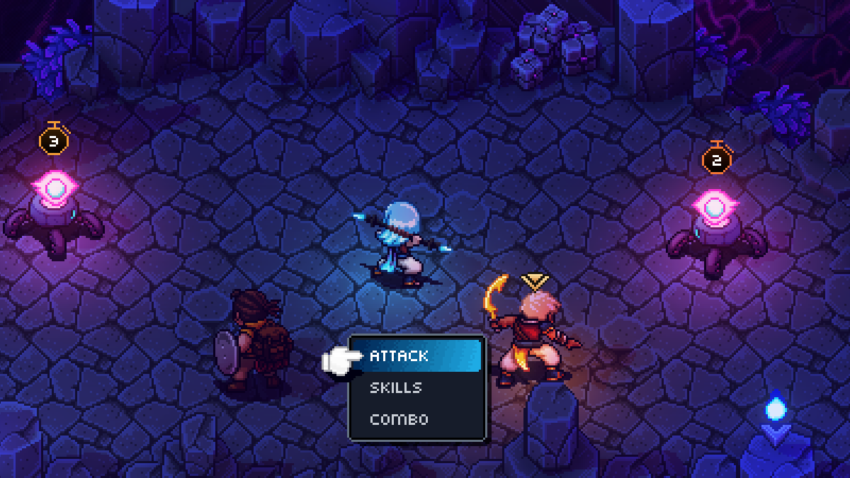
The battles take inspiration from classics like Chrono Trigger in the form of party member-based team attacks, as well as more modern inspirations like the Shin Megami Tensei games in the “locks” that can be broken to negate damage from incoming spells. The meat and potatoes of the game are designed to keep the player engaged at all times. The turn-based battles, similar to the Mario RPGs that inspired it, are full of timing-based triggers that will increase your damage output or the number of targets hit based on performance. These battles are also based on positioning, with characters that are able to toss enemies near each other, setting them up for area-of-effect strikes.
There is also a “lock” system heavily featured in these battles. Some enemies will begin charging heavy-hitting spells and abilities. However, if stricken with attacks that match the symbols above them before the turn counter ticks down, the player is able to negate or reduce the incoming damage.
Numbers governing health and MP are small but important. Your characters aren’t going to be tanking dozens of hits, and enemies aren’t going to be damage sponges in Sea of Stars. The emphasis during our preview was on the speed of encounters, and while we weren’t shown the boss of the previewed area, we were told they’re designed to be more like puzzles than equipment or damage checks.
Sea of Stars, on its face, is quite different from The Messenger, but a similar design philosophy seems to be at play here. With The Messenger, Sabotage Studio has established themselves as a studio looking to pay modern homage to a bygone age of games. The turn-based battles making up the core of the game would seem, to a newcomer, like a nostalgic plot to snag old fans of the genre, but closer inspection reveals innovative updates sewn into the fabric of a, frankly exciting, battle system. Sabotage is clearly full of fans of the genre. Small touches outside of the battles exemplify this attention to modern homage like the degree of aggression the enemies on the overworld exhibit when seeking encounters with the player, puzzle creativity, and the clarity of character abilities show that this is a game crafted by dozens of loving hands.
Often, players can slip into a sort of autopilot during JRPG battles, but the timing-based triggers reward the player for staying alert. The Sabotage touch shines through its pacing and desire to keep the player on their toes throughout the experience.
Side activities in Sea of Stars range from a lively fishing mini-game to side quests from a vibrant cast of characters to an in-game tabletop game called “Wheels” that, unfortunately, we weren’t able to lay eyes on.
Crossing the Sea of Stars
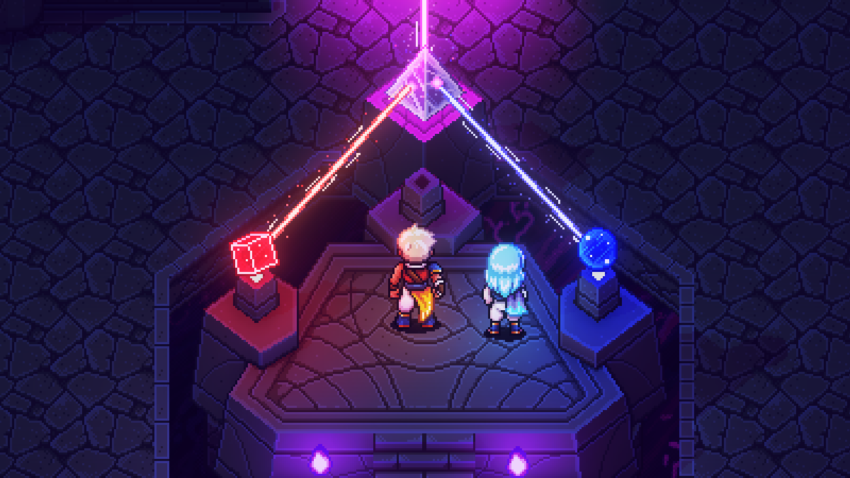
How did Sabotage Studio build the runway to such a drastic change? Obviously, studios aren’t always bound to a single genre or endlessly churning out sequels to their breakout titles. It seems that Sabotage had Sea of Stars in mind in some form from its inception. During the preview, Thierry Boulanger, president and creative director at Sabotage Studio mentioned that beginning work on Sea of Stars was “their dream.” The Messenger, while impressive, has in some way, been a game born out of the resource and staffing limitations at the time. Sabotage has grown tremendously since the initial reveal of The Messenger both in terms of capital and the size of the labor force.
The Messenger, according to Boulanger, “paved the way for Sea of Stars” beyond building a post-apocalyptic setting plagued by a recursive demonic siege. The team was well-poised to tackle an RPG of this size and scope. Their most pressing challenges came more from growing pains than from redirecting the ship. With the staff ballooning to nearly triple its size during the development and the massive curveball that was the entirety of 2020, Sabotage has been curbed more by logistical roadblocks than research or development issues.
Carried over from their work on The Messenger is a sense of momentum. Characters create opportunities for each other to gain boosted damage off of combos and repositioning, leading to breezy battles once the “puzzle” has been solved. That momentum doesn’t mean that the game isn’t full of engaging friction in the form of challenging hand-crafted encounters,
Beyond the growing pains, the team at Sabotage Studio has embraced the change in genre. They’ve applied the out-of-the-box thinking cultivated during their time working on bending the genre structure of The Messenger. They’ve built a game that seems ready to fill the shoes of its predecessor in exciting, nostalgia-filled yet modernized ways.

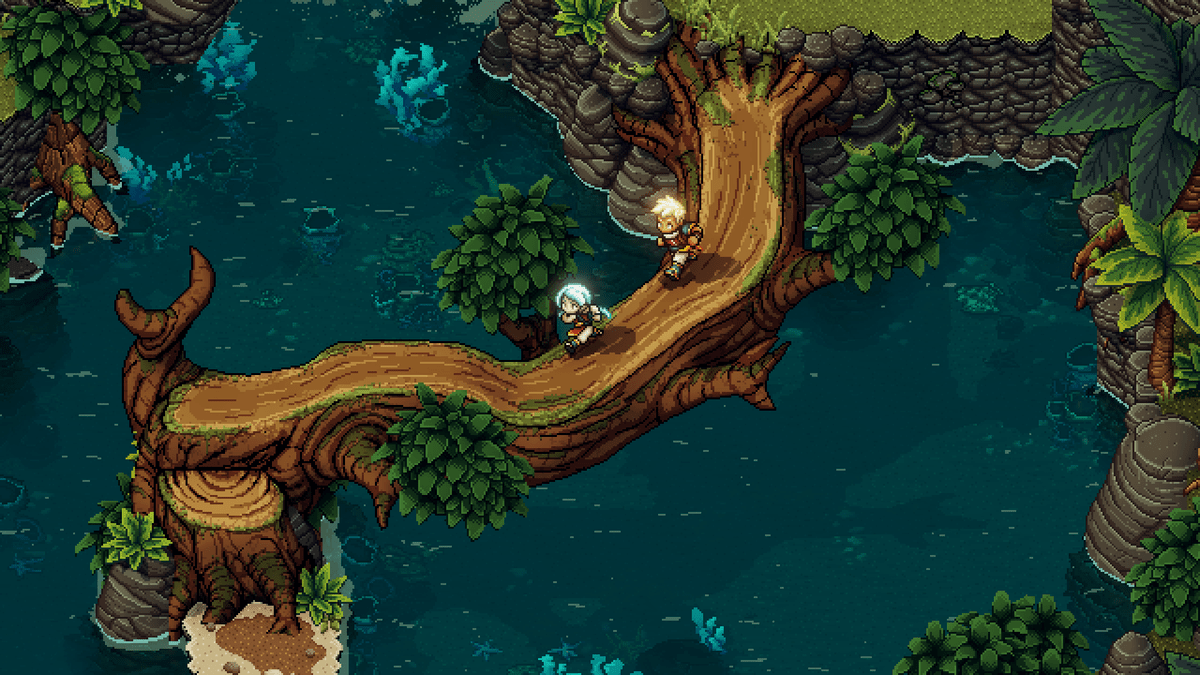
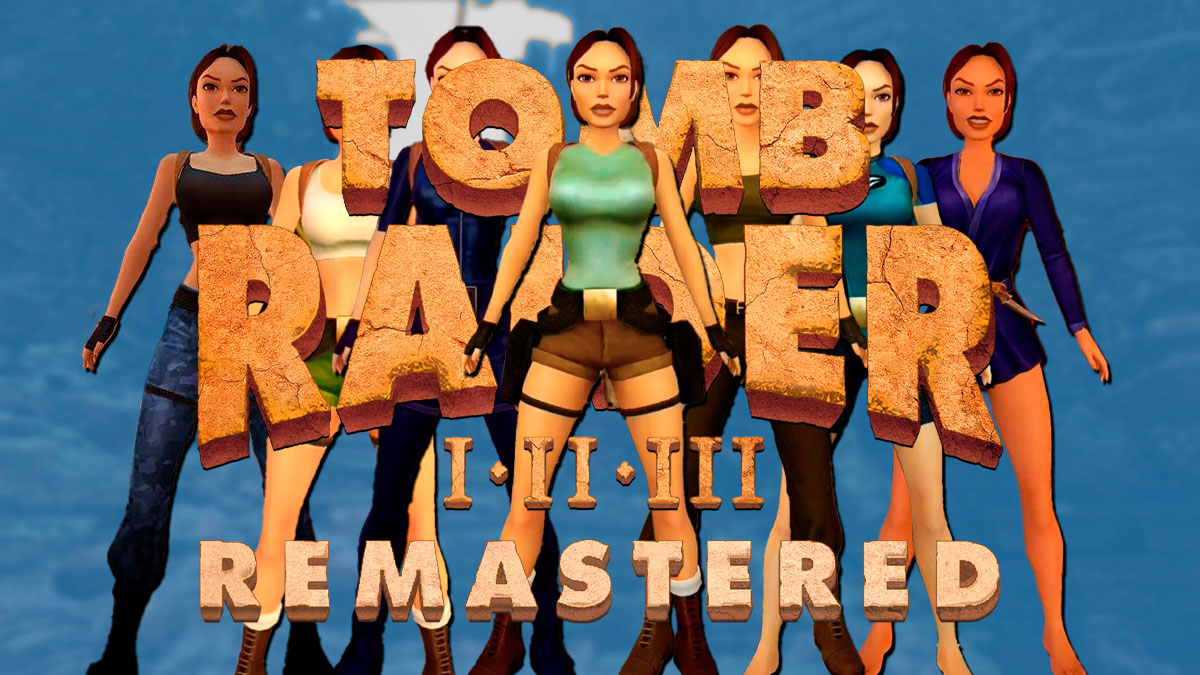
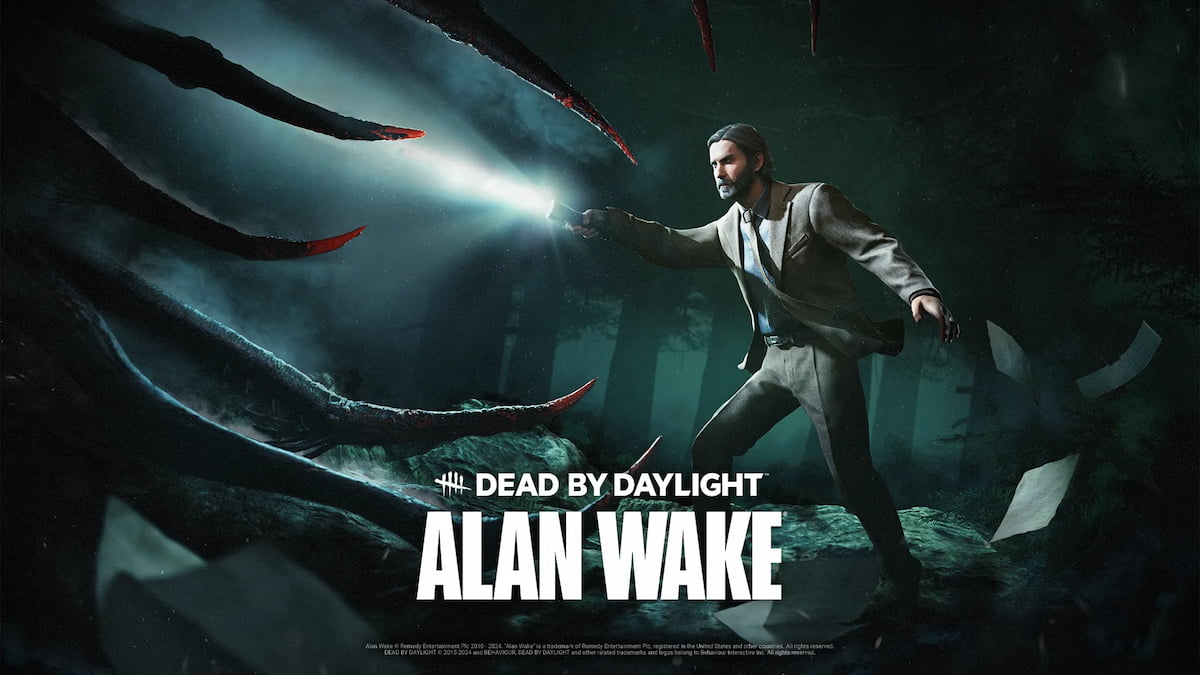
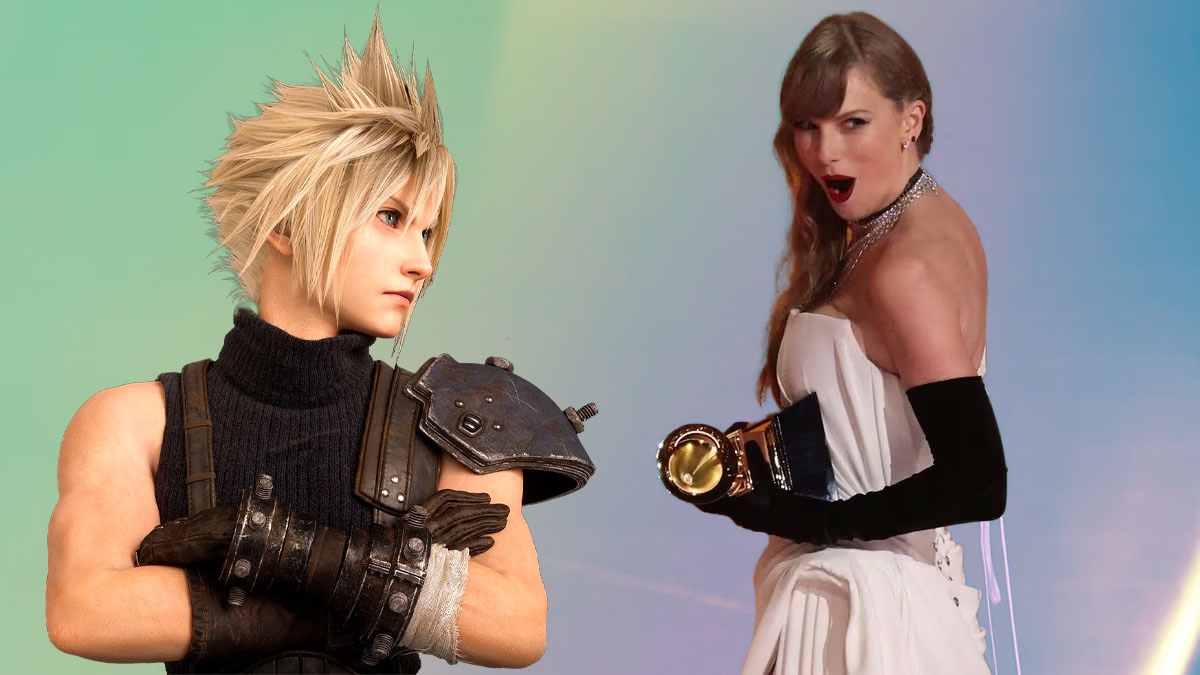

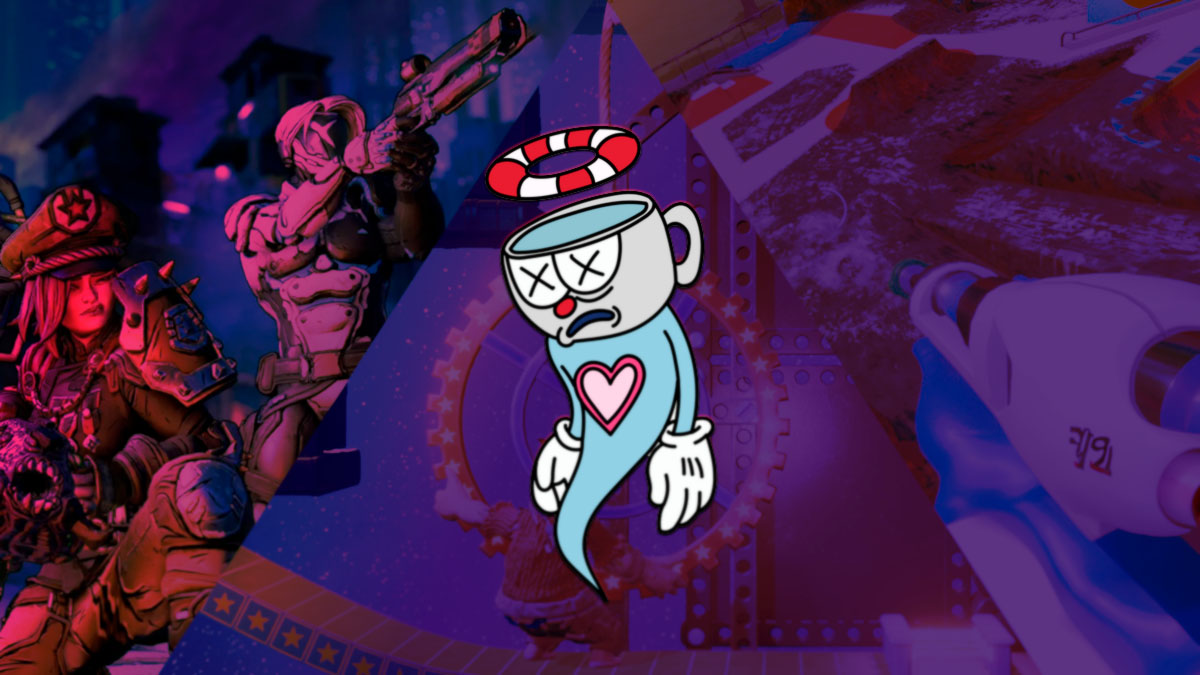
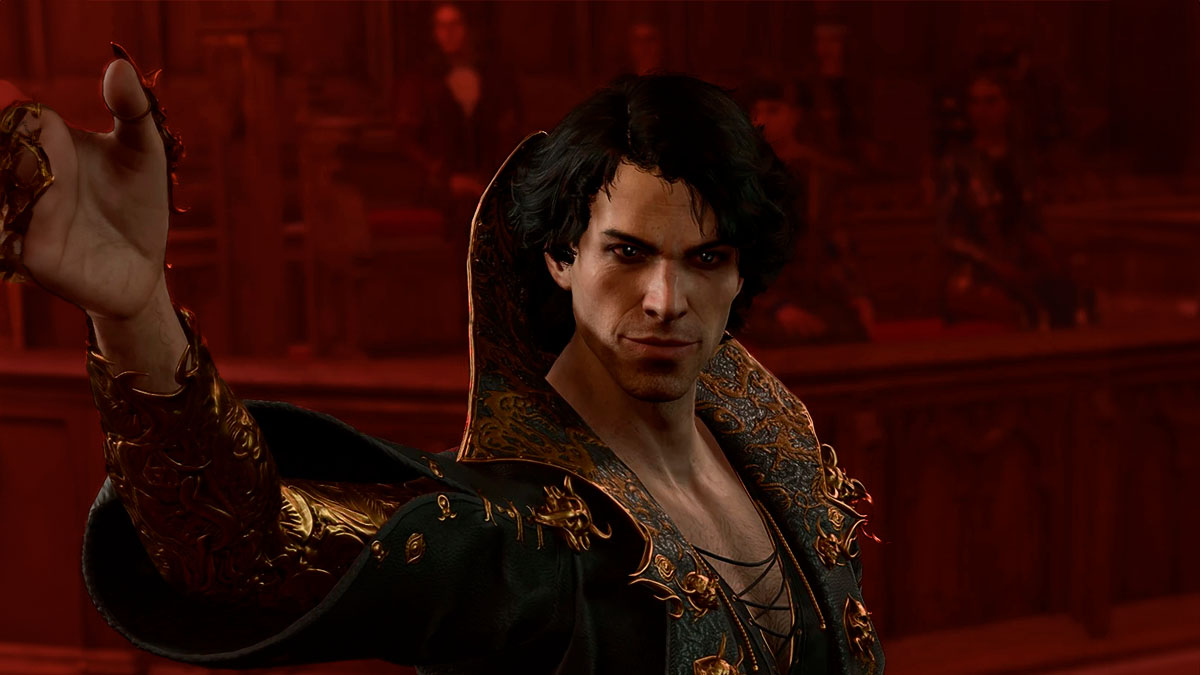
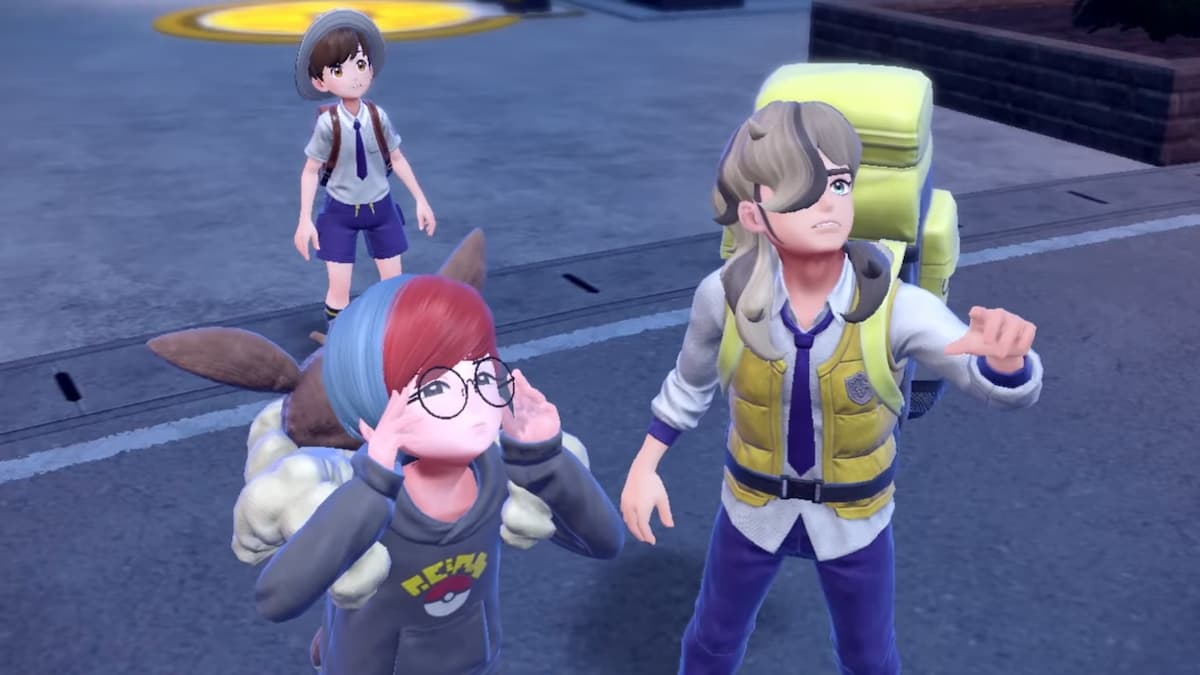
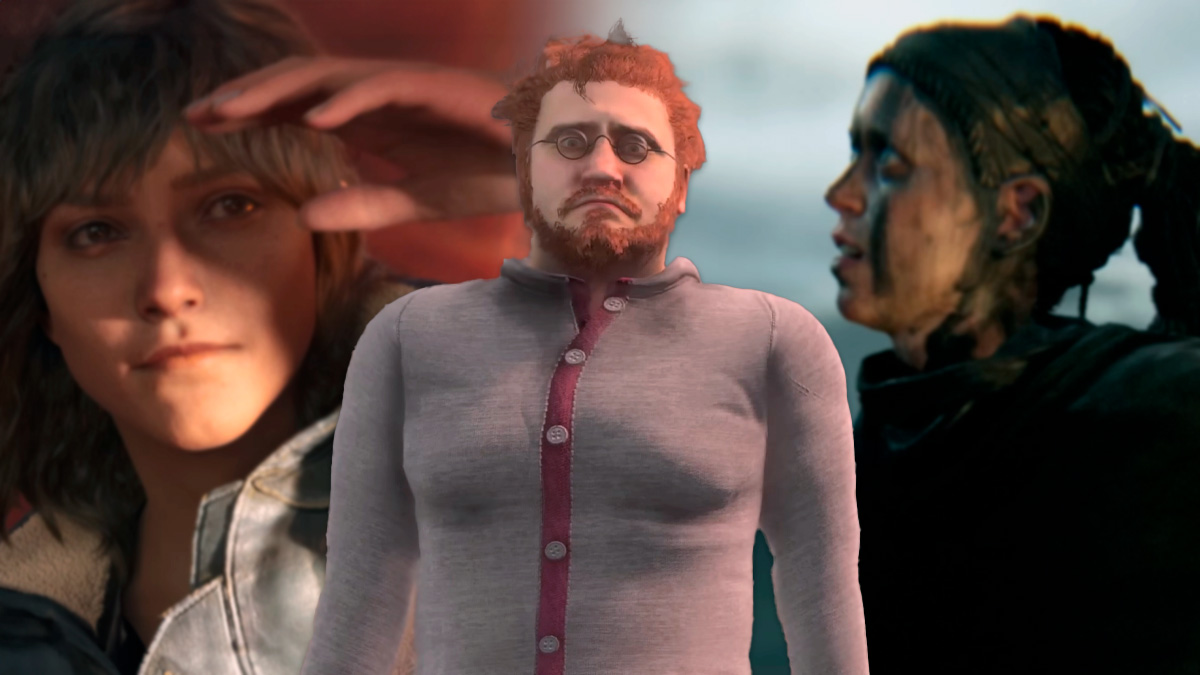
Published: Mar 4, 2022 10:00 am